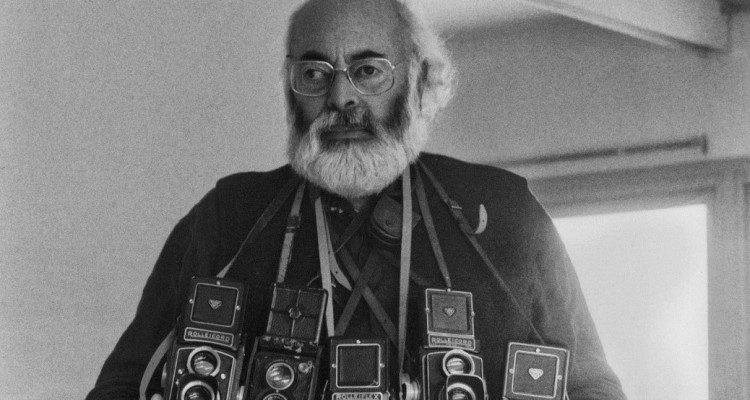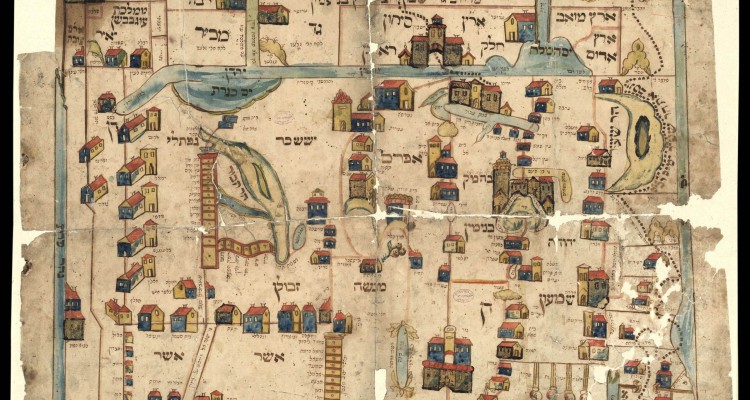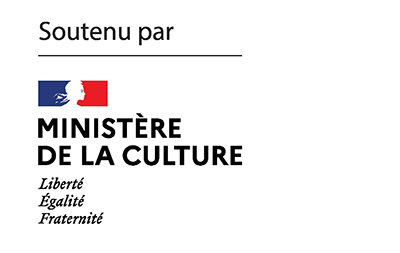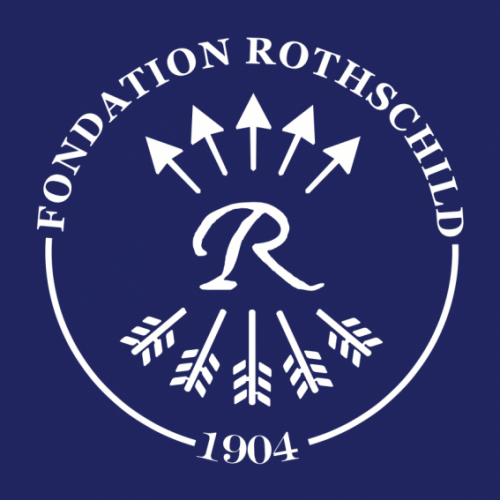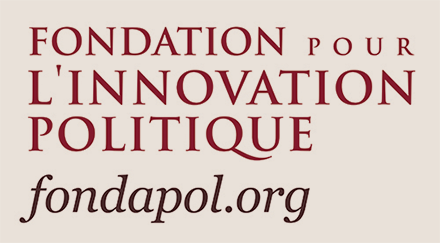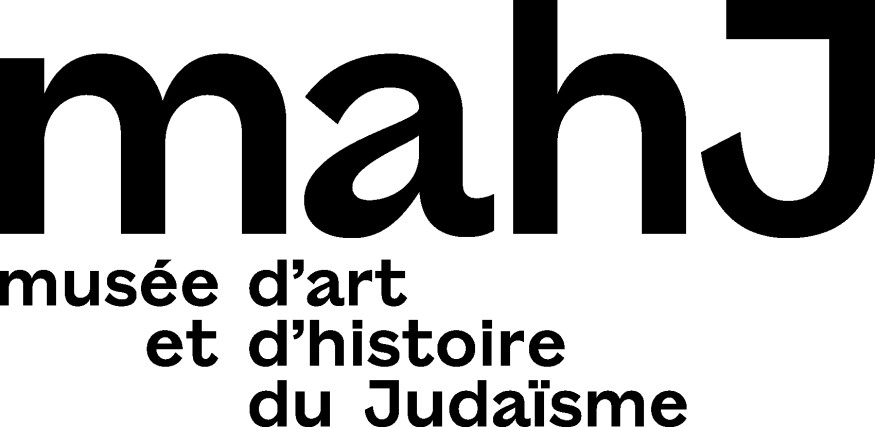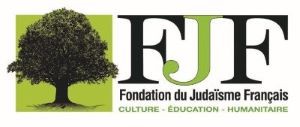Adolfo Kaminsky, born in 1925 in Argentina, died on January 9 at the age of 97. We republish the portrait dedicated to him by Elisabeth de Fontenay. “The craft of forgery, like the photographic shot, encourages us to question what authenticity is,” says the philosopher, evoking this forger in the service of survival and freedom – but also a photographer who, immersed in a clandestine existence, never showed his work. Revealed recently, notably thanks to an exhibition at the Museum of Jewish Art and History in Paris, his work testifies to a life in which political commitment was inseparable from an eye that looked at the world with great care. “You can photograph anything,” his brother once told him, and in fact the man of action was also a contemplative, the Resistance fighter a meticulous flâneur who observed the night darkening Paris, the water on the cobblestones, the eyes that crossed his lens, the children playing in the streets …
Last August we published the first French translation of a long short story by Grigory Kanovich, “Poor Rothschild”, in the form of a four-part serial. The text we are publishing this week by this author, born in June 1929 in Janova – into a Yiddish-speaking Jewish family, but who writes in Russian – evokes Vilnius, the Jerusalem of Lithuania, the city of his youth. Grigory Kanovich remembers it and dreams of it as a ghost that comes back to haunt him, but which he refuses to mourn for fear of destroying what is no longer there.
Elena Guritanu and Elie Petit recounts the career of this 94 year old writer, who has been living in Israel for several decades, and who has published numerous short stories and ten novels, translated into many languages. The work as a whole should be seen as “a kind of Litvak saga, a monument written in memory of the Lithuanian Jews who have disappeared”.
